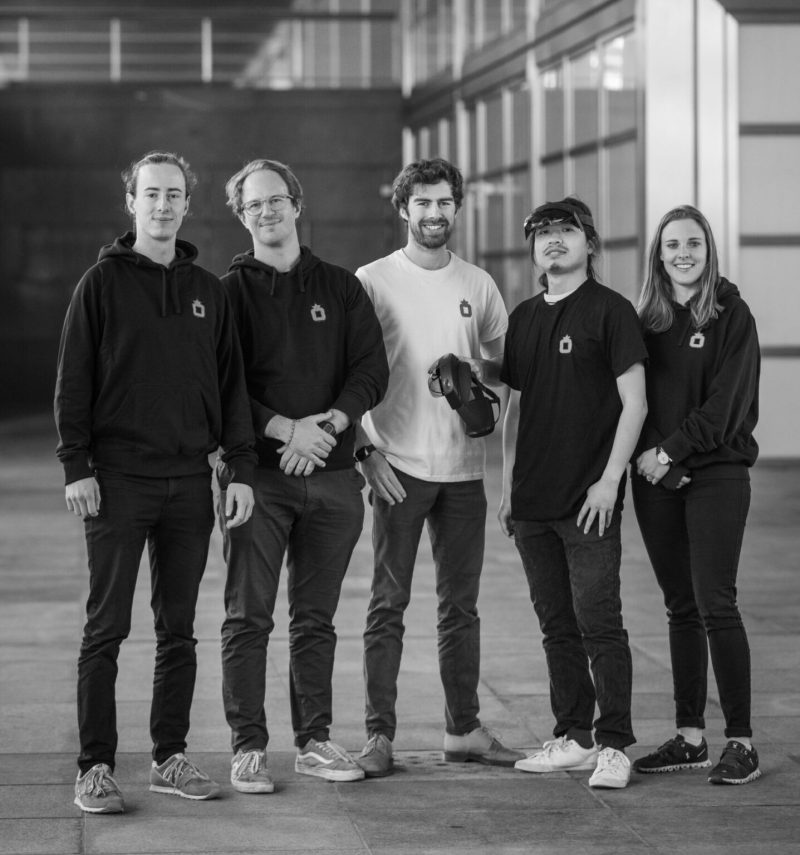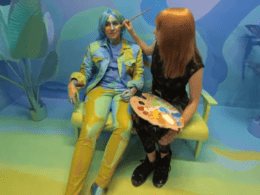These virtual user manuals are programmed and marketed by the company Rimon Technologies, which the two ETH graduates David Shapira and Kordian Caplazi founded after graduating in 2020.
In an elective lecture during their mechanical engineering studies, the two start-up founders had become acquainted with AR technology and its possible applications. It quickly became clear to both of them that they wanted to take a deeper look at AR in their master's thesis. The locking technology company Dormakaba offered Shapira a concrete task: the operating instructions for a security lock.
Cheaper than training specialist staff
For his study, Shapira designed a virtual installation guide. "The sluice was well suited as a case study because it was rarely installed at that time," he explains. Training service technicians to do this work would have been too costly and out of proportion to the benefits.
Because the pandemic made practical work with employees of the customer Dormakaba impossible, Shapira tested his virtual instructions on fellow students. Without any prior knowledge of the safety gate or how to use the 3D glasses, all students succeeded in the assembly without any errors. "I would never have expected that," says Shapira.
In his master's thesis, Shapira's company co-founder Caplazi investigated how hand and eye movements can be used to predict the next action of AR users. In this way, they can be warned of dangerous situations at an early stage.
Product in demand
In the almost two years since its founding, Shapira and Caplazi have already been able to hire four employees: Two concentrate solely on programming, one designer takes care of the visual look. The goal is to design a programme interface that guides users through the process as intuitively as possible.
Source: toponline / Rimon Technologies / Youtube









